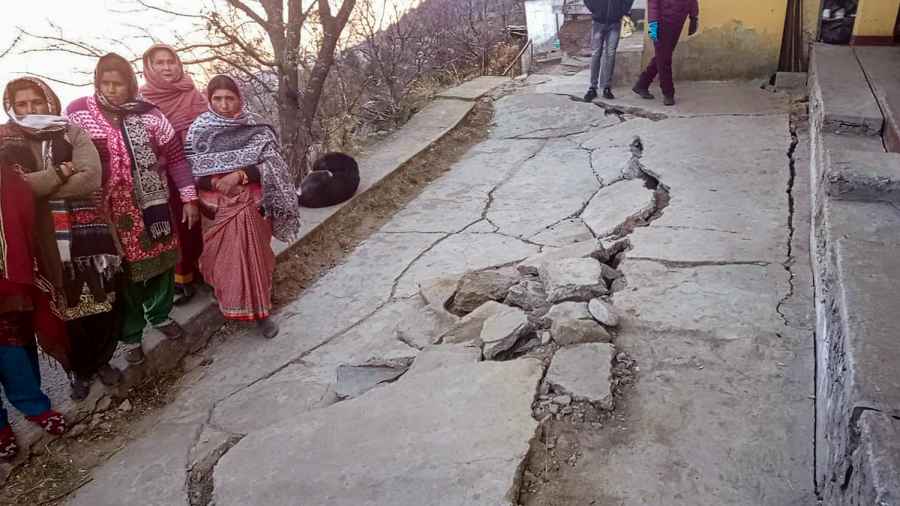Pilgrimage is defined as “a long journey that a person makes to visit a religious place.” This definition always evoked images of hardships borne by devotees of all regions to meet their spiritual aspirations. Over time, such travails have inspired films, paintings and literature — stories replete with the triumphant spirit of human endurance. Many of these pilgrim trails follow rivers along India’s mountainous region, streams that were once pristine as they rippled along the hilly terrain. As children, we would be cautioned not to venture into the turbulent Teesta at Kalijhora in North Bengal, which is now an unrecognisable, muddy cesspool. In distant Himachal Pradesh, the Beas, originating as a trickle from beyond the Rohtang Pass, flows dismally into dams like the Pong. Every one of our rivers has been crying out for salvation.
The crux of the problem is that pilgrims are now comfort-seeking tourists, more materialistic than spiritual. And to meet their demands, thoughtless governments have thrown environmental concerns to the dictates of populism and plundered our mountains, forests, river systems and sacred spaces. Today we are alarmed by the subsidence at Joshimath, but such disasters are waiting to happen all across the country.
Yet, instead of heeding environmentalists, the Centre is attempting to stifle information. Ironically, the recent letter from the National Disaster Management Authority, a day after a report by the Indian Space Research Organisation revealed that Joshimath has sunk 5.4 cm in a little over a week, has generated more interest for its “gagging” implications. “It is observed that various government institutions are releasing data related to the subject matter in social media platform, and also they are interacting with media with their own interpretation of the situation. It is creating confusion not only among affected residents but also among citizens of the country,” the NDMA letter said, requesting several institutions, including ISRO, to refrain from posting anything on social media platforms until the final report of the expert group is released by it. If such a report ever materialises.
For years, environmentalists and local residents have warned about indiscriminate construction in vulnerable towns like Joshimath. Yet, the government has widened roads, built dams and power projects, allowed hotels to mushroom. This is true of all our hill towns. Wooden bungalows are the privileged sanctuary of the well-heeled; a majority opts to demolish the picturesque wooden cottages for mammoth concrete structures, flouting safety regulations, for which hill-cutting is the norm.
The risk of landslides, submergence, floods and wildfires is now so real along the Himalayan belt that building roads and hydroelectric projects not only endangers lives but also the ecosystem. The National Green Tribunal has intervened at times, but the government has moved court against it. Instead of dispensing these cases quickly, the court bides its time. One glaring example is Shimla, which faced the NGT’s construction ban in 2017, but is continuing to expand with a case still pending in the Supreme Court. On Monday, hearing a petition to declare the Joshimath land subsidence incident a national disaster, the Supreme Court dismissed the plea and asked the petitioner to approach the Uttarakhand High Court. More delay.
In a country where leaders propagate spartan activities like cave tourism, can we justify a 9-km-long Atal Tunnel at 10,000 feet or a Char Dham National Highway? Surely a pilgrim’s mission should entail a spiritual existence in holy places, not adventure tourism entailing cable cars? How many deaths or how much dislocation of families and livelihood will it take to mitigate our obsession with a World Book of Records entry?










